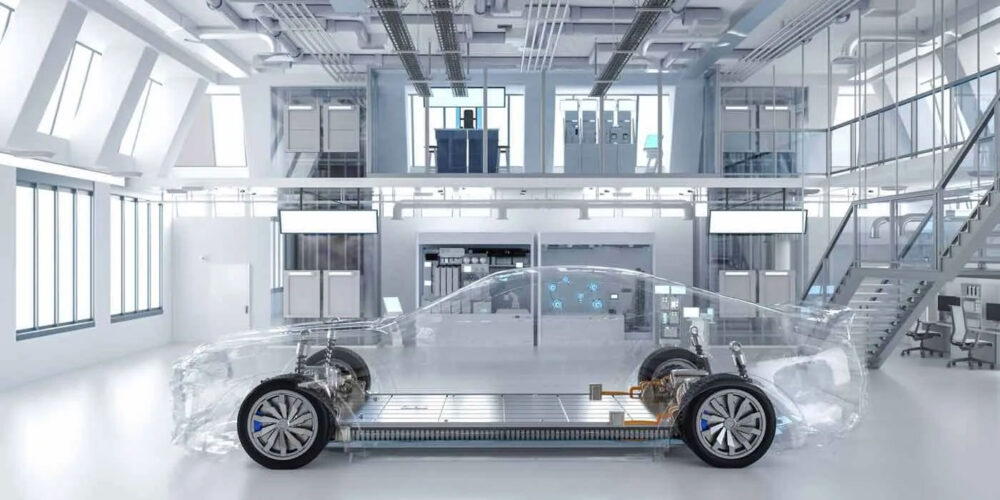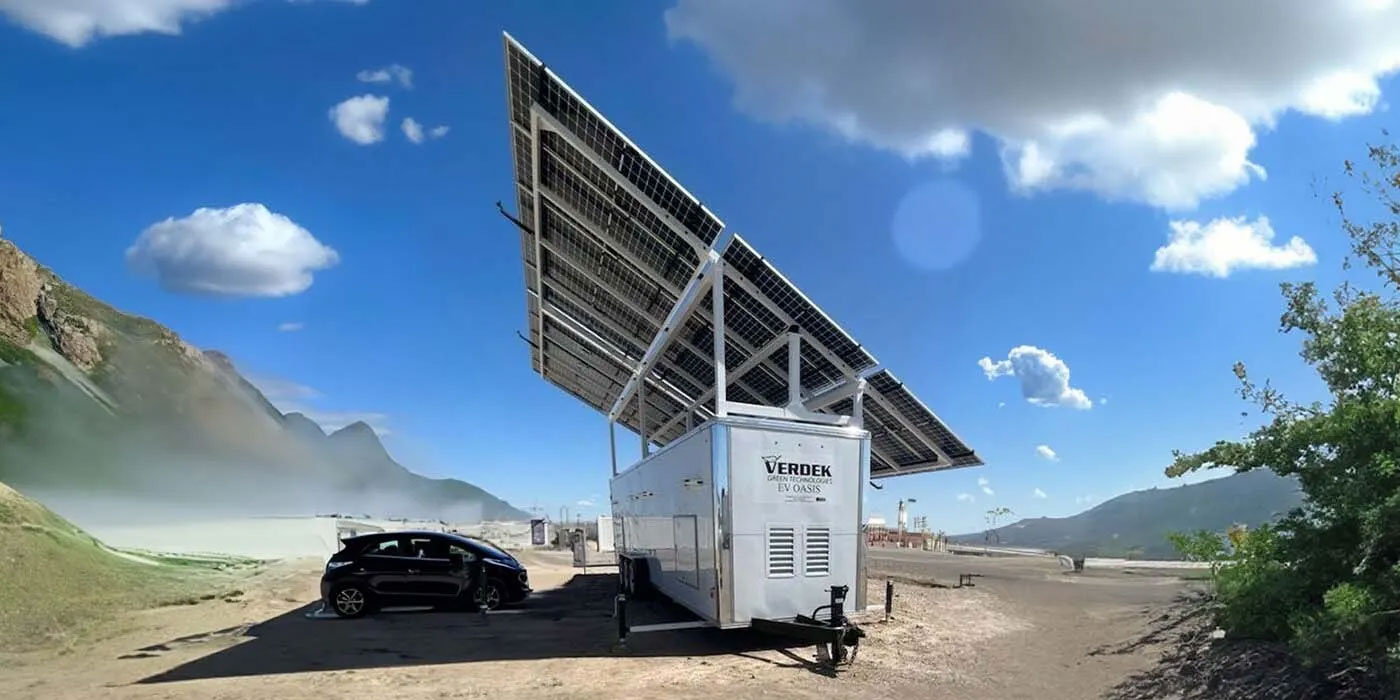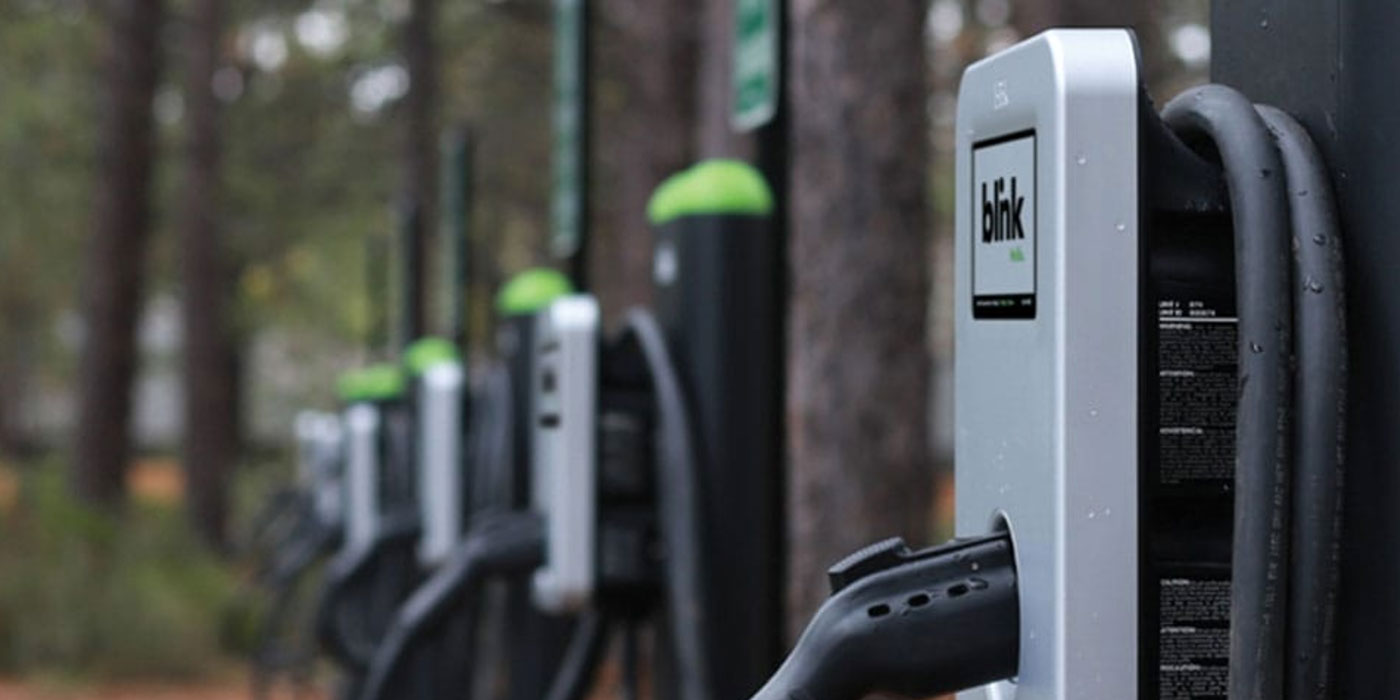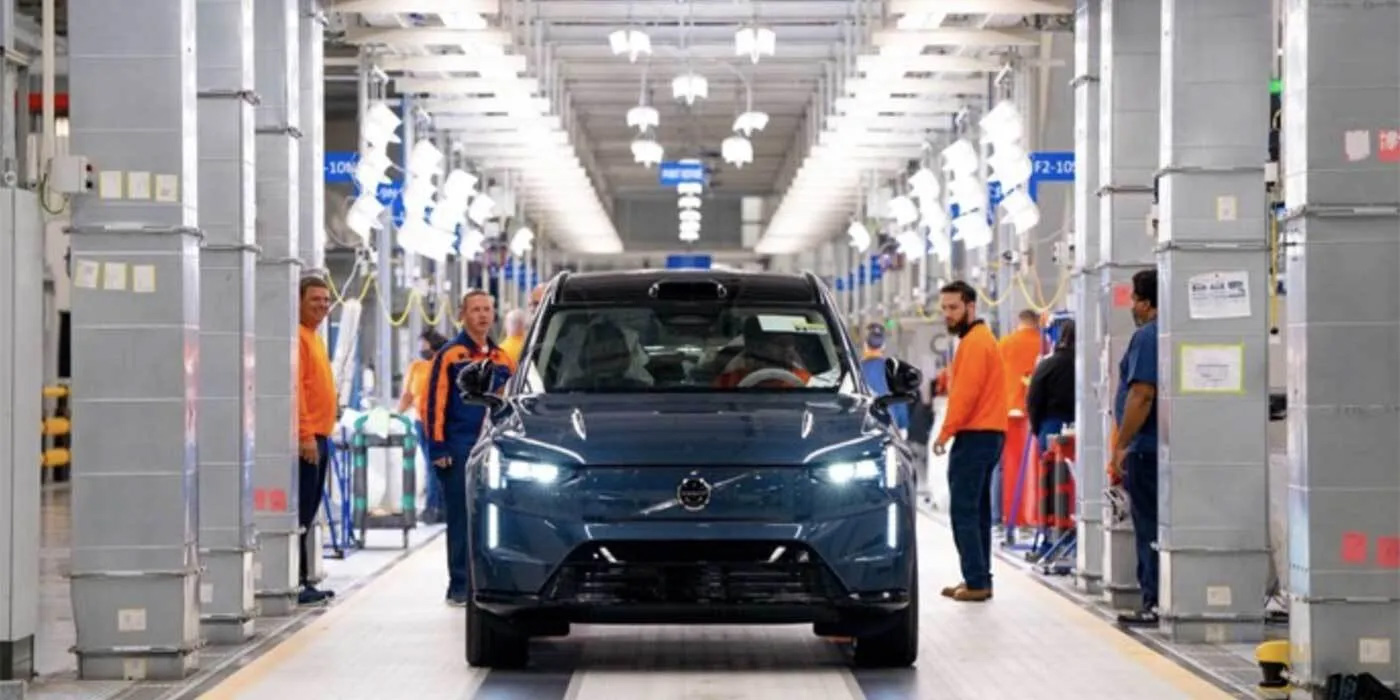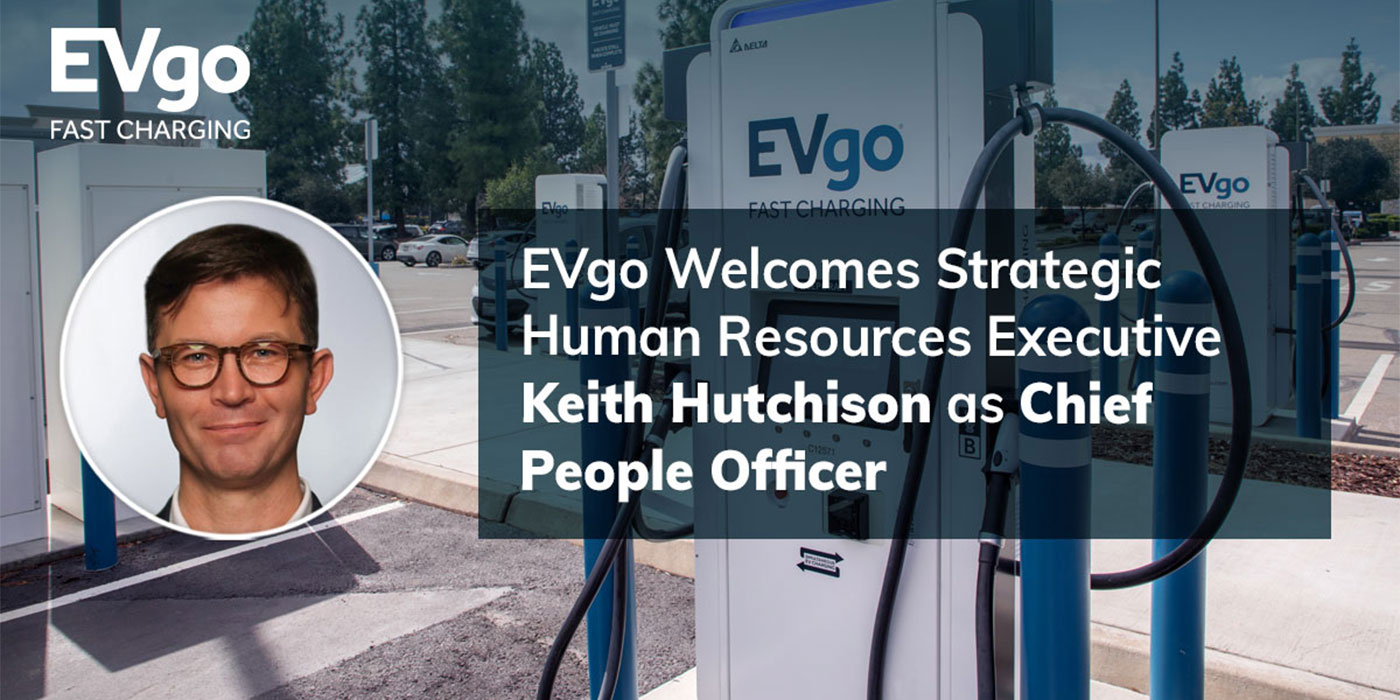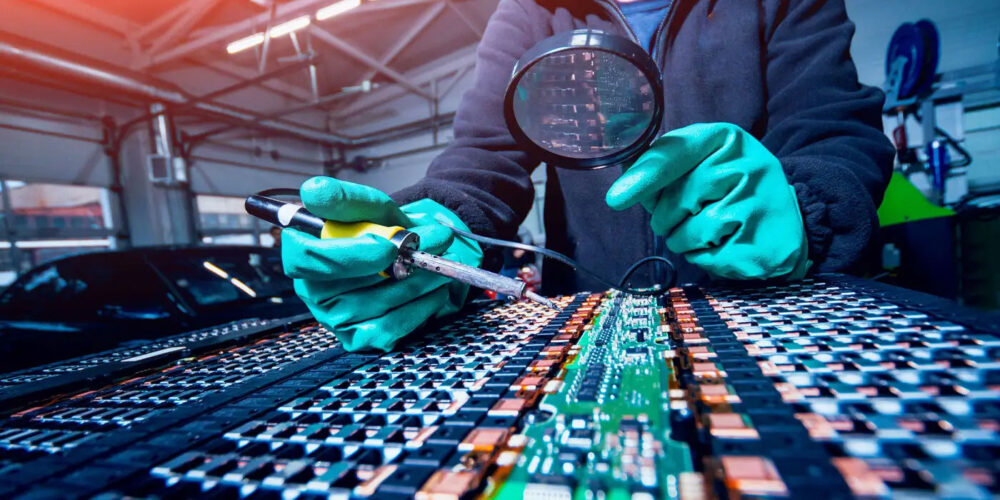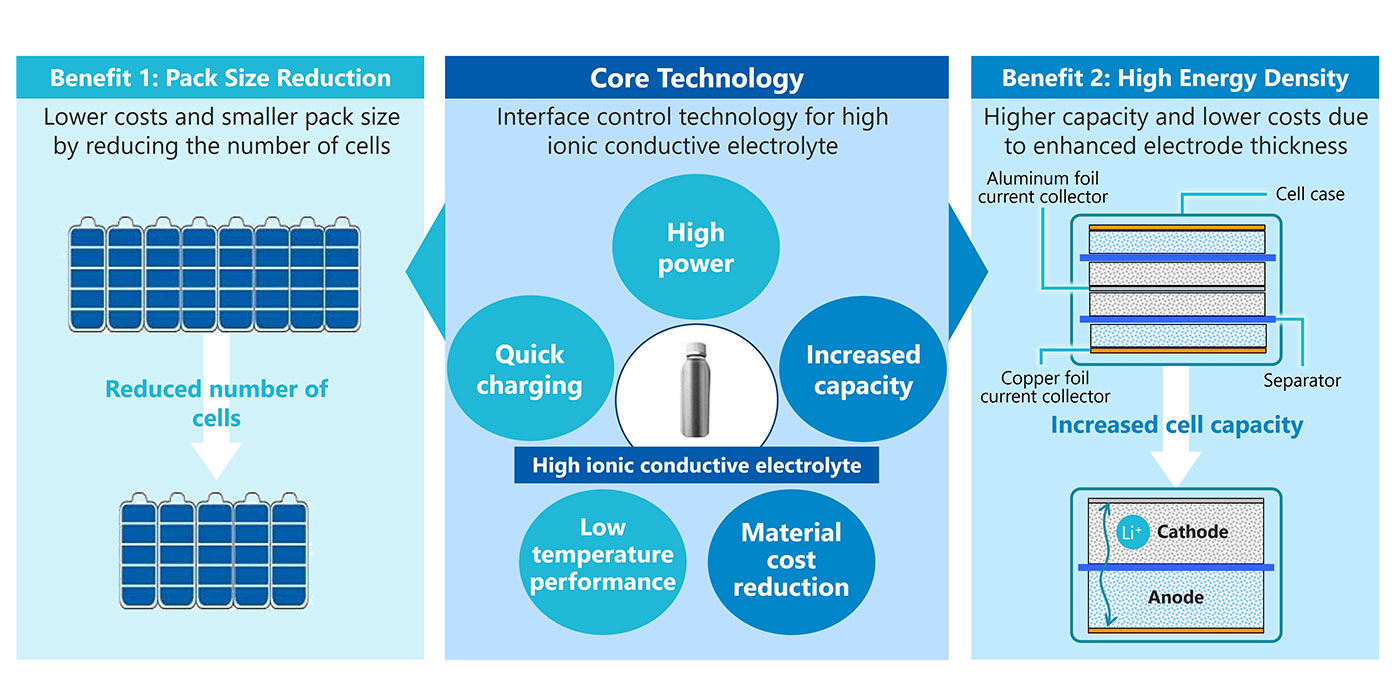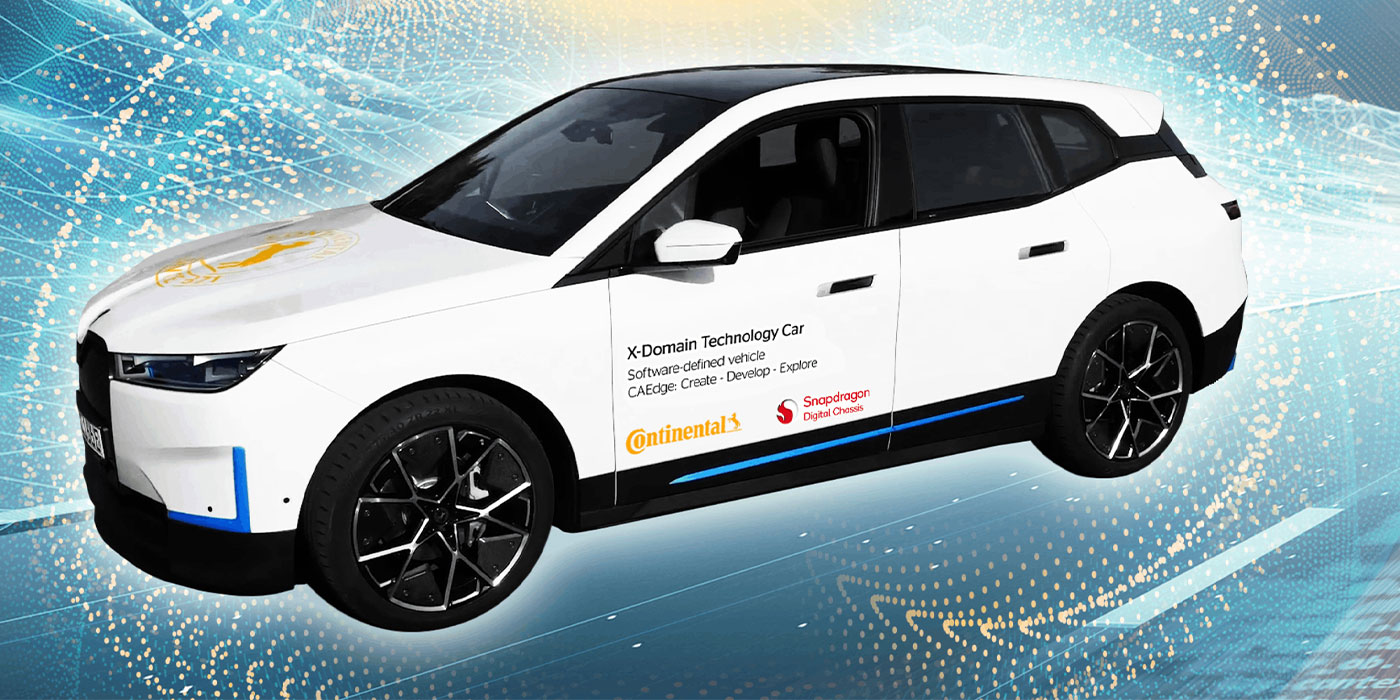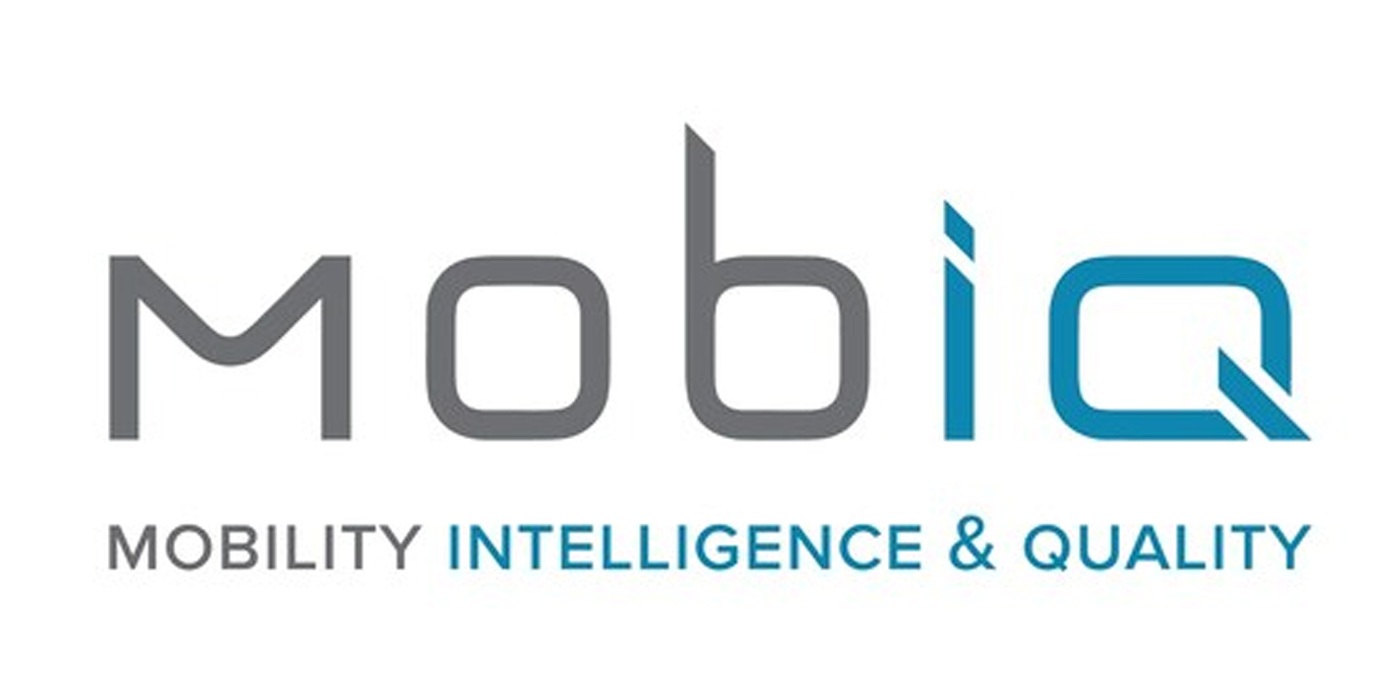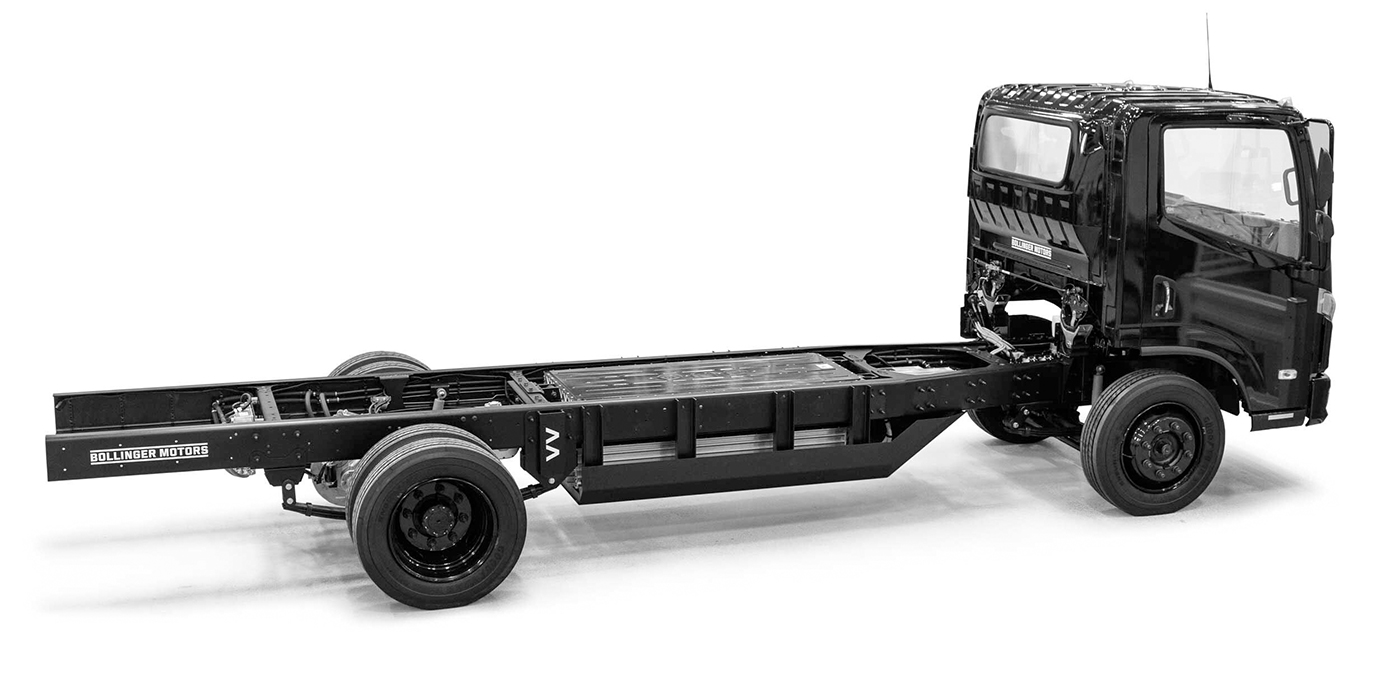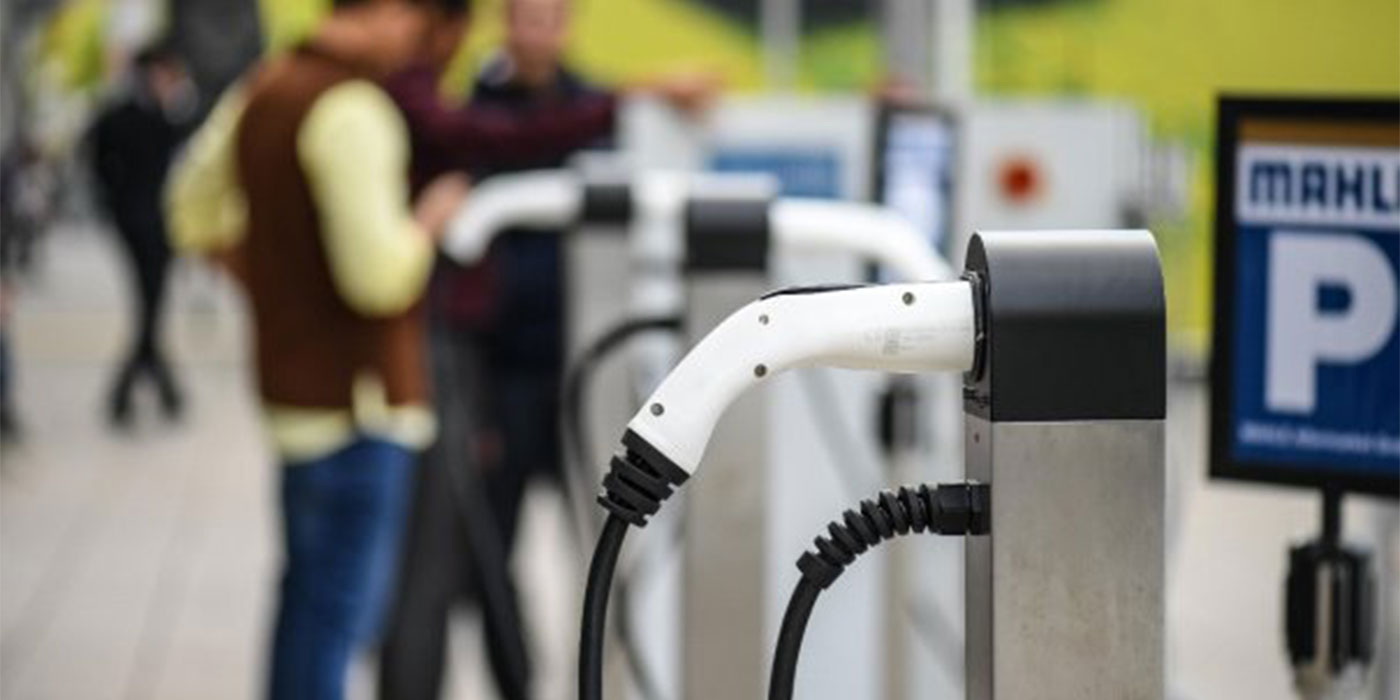Hitachi Astemo is developing 360-degree-camera, semi-active suspension and steer-by-wire technologies to improve electric- and autonomous-vehicle performance. The company’s 360-degree stereo vision camera system provides LiDAR-like results to support autonomous driving functions at one-tenth the cost, according to Harsha Badarinarayan, Hitachi Astemo’s vice president of advanced engineering.
“While LiDAR has gained prominence in recent years, camera technology has steadily and quietly evolved to offset LiDAR’s advantages, including nighttime operation and the ability to sense the surrounding environment with greater fidelity,” Badarinarayan noted. “It’s why carmakers like Tesla are committed to camera technology.”
The company’s vision system processes data from seven to 10 cameras to create a 3D view of a vehicle’s surrounding area. Camera placement can vary according to a vehicle’s design using existing mounting points such as mirror, windshield and grille locations. In addition to autonomous driving applications, the company said the system could have other uses, including self-parking or recording a vehicle in operation.
Hitachi Astemo’s next-generation G5 semi-active suspension improves primary ride balance while focusing on secondary ride comfort, the company said. The system consists of Astemo’s external-valve semi-active dampers at four corners, five accelerometers and Astemo’s internally developed Vehicle Dynamics Module (VDM) ECU. The latest-generation system increases damping force capacity to ensure vehicles today and, in the future, have a high level of handling stability, the company said.
The company’s G5 system controls production-spec dampers based on sprung and unsprung inputs calculated using five G-sensors. Bi-linear quadratic control logic with piston speed-dependent damping coefficient limitation can coordinate roll and pitch by independently controlling damping force to induce or resist pitch motion in turns. This enables the system to change damping force much more smoothly than traditional algorithmic controls, the company said.
“Astemo’s drivability control can coordinate roll and pitch by independently controlling damping forces to induce or resist pitch motion during turns,” Badarinarayan explained.
Hitachi Astemo’s smart steer-by-wire system replaces the steering wheel with a hand-held device set in a front seat armrest. The device makes turns with a natural turn of the wrist, the company said. The system can adjust wheel slip during adverse weather conditions and compensate when the vehicle goes off-center as well, the company added.
“Steer-by-wire technology allows us to literally reinvent the steering function by eliminating the steering wheel,” Badarinarayan said. “Our system is especially responsive to driver input with little or no lag from input to steering response.”

